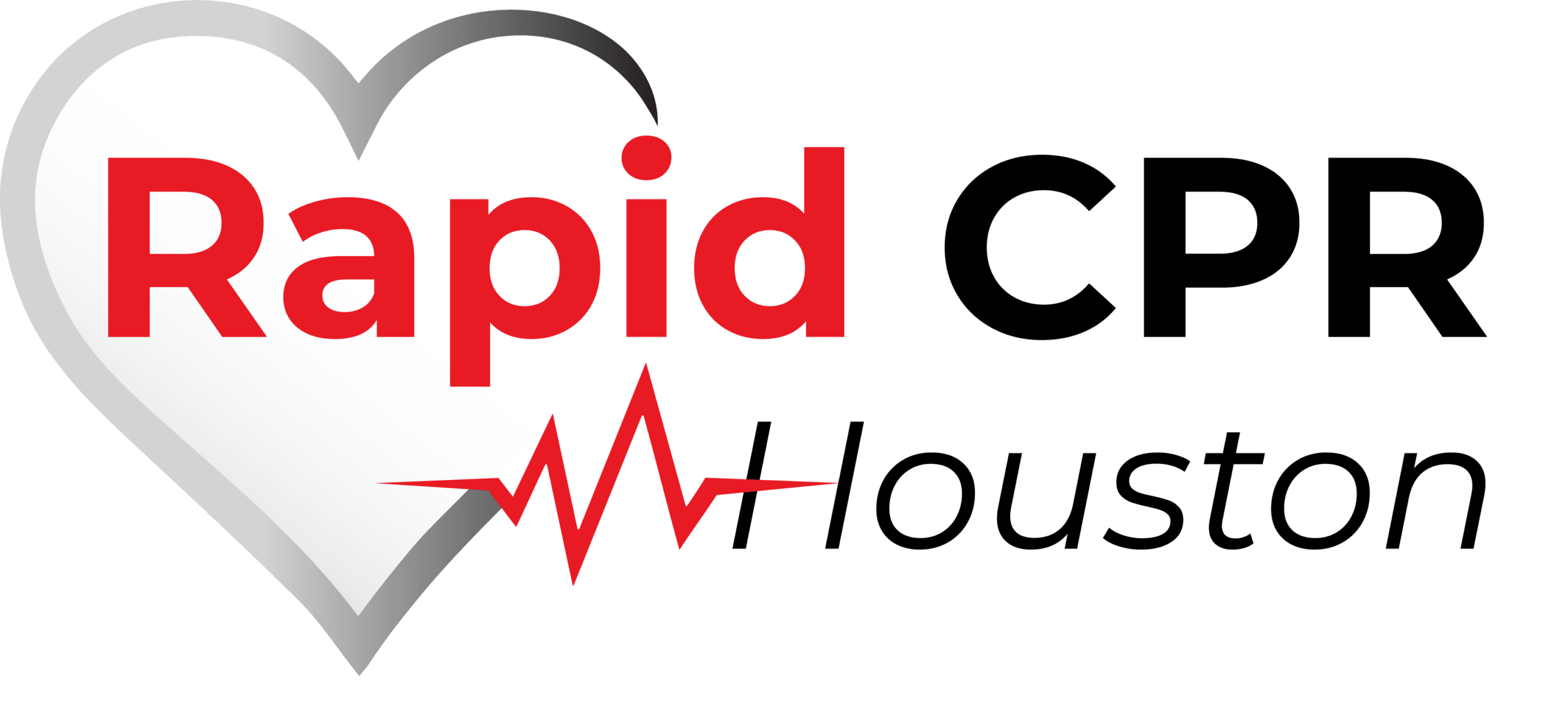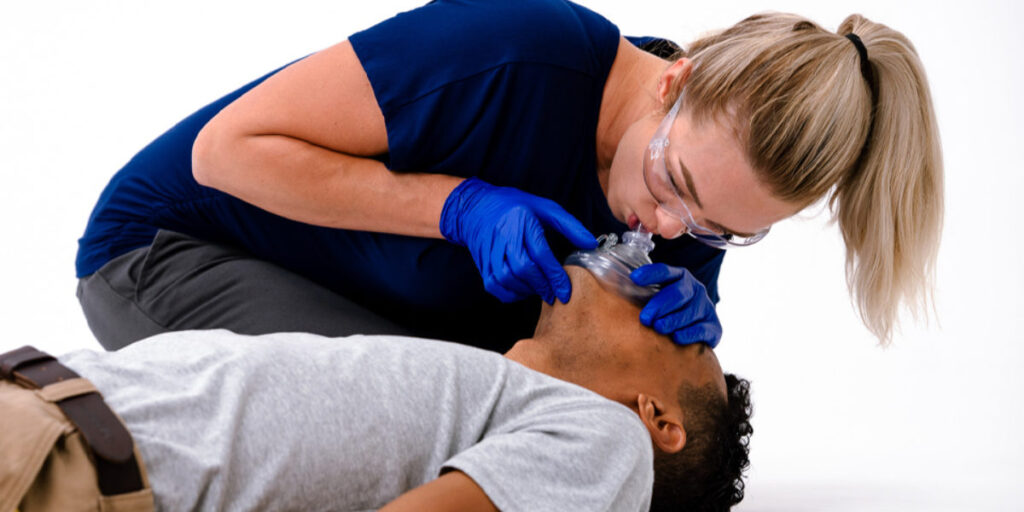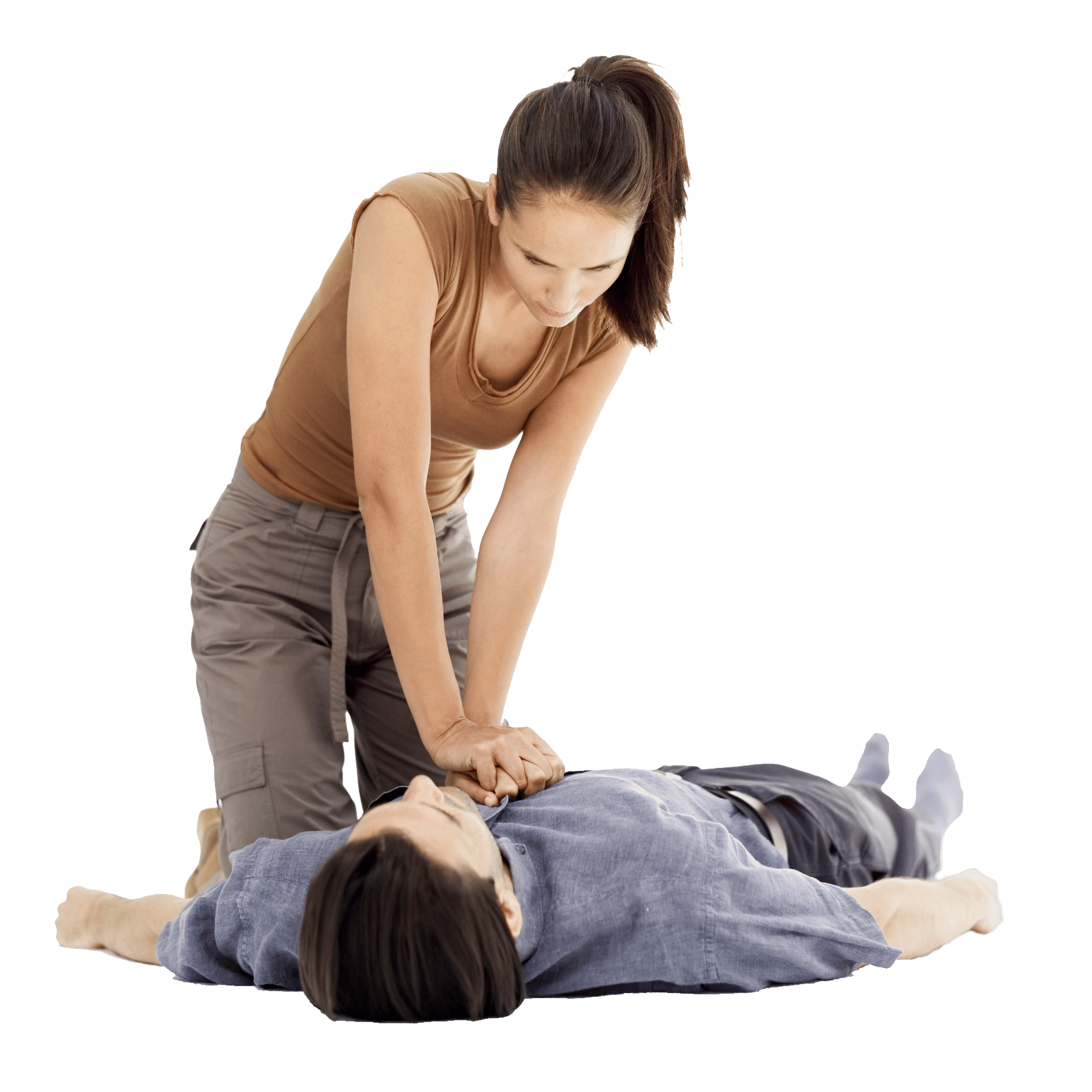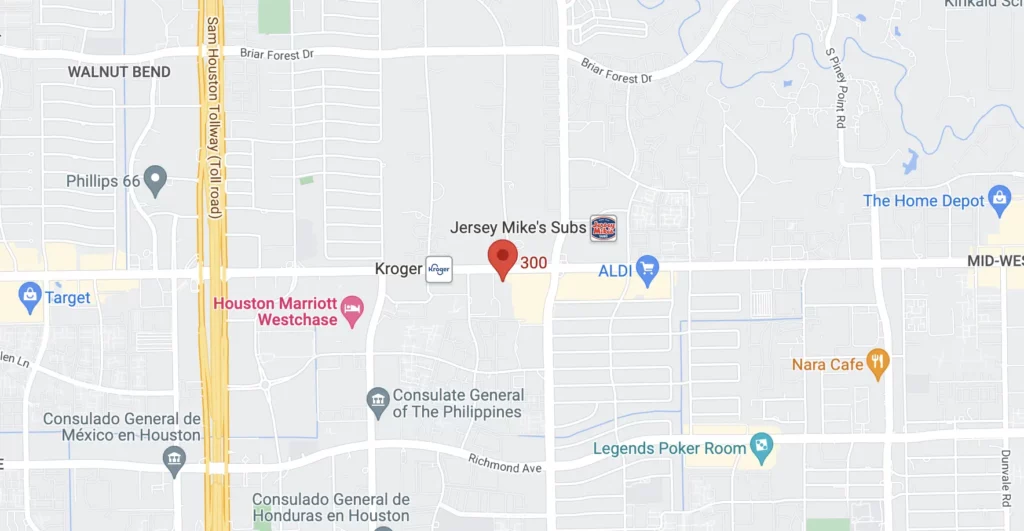Our Guide to Understanding Rescue Breath Care
Rescue breaths are a vital part of CPR, often making a significant impact in life-threatening situations. By supplying essential breaths to a person who has stopped breathing, rescue breaths help maintain the flow of oxygen to critical organs like the brain and heart. This technique is especially important during cardiac emergencies when every second counts.
Understanding how to perform rescue breaths correctly can be a lifesaver, particularly when tailored for different age groups, such as infants, children, and adults. This knowledge ensures that the help provided is safe and effective. Anyone from parents to healthcare providers can benefit immensely from learning this skill, as being prepared can make a world of difference during unexpected crises.
Training in rescue breaths is more than just a skill; it instills confidence and readiness to face emergencies. With proper training, individuals can contribute to the safety and well-being of their communities. Learning about rescue breaths is an invaluable step towards being prepared for real-life situations where immediate action is needed.
The Role of Rescue Breaths in CPR
Rescue breaths form a crucial part of the CPR process, serving a vital purpose in helping maintain life during cardiac emergencies. These breaths provide essential oxygen to the body when the heart stops beating effectively. Without the heart pumping blood, organs quickly lose their oxygen supply, which can lead to lasting damage or even death if not addressed promptly.
During CPR, rescue breaths help maintain the flow of oxygen to vital organs such as the brain and heart. This oxygen delivery is crucial as it sustains the body’s most critical functions while waiting for professional medical help. Rescue breaths work alongside chest compressions, which circulate the blood, using the oxygen supplied to keep the brain functioning.
Incorporating rescue breaths is particularly important in scenarios involving children and drowning victims, where oxygen levels might be severely compromised. In these cases, delivering adequate breaths can significantly increase the chances of a positive outcome.
Knowing when and how to apply rescue breaths effectively makes a big difference and can be life-saving.
Rescue Breathing for Different Age Groups
Administering rescue breaths requires understanding the key differences between age groups. Here’s a closer look at how this technique varies with age:
1. Adults: Typically need deeper breaths due to their larger lung capacity. Ensure full visibility of chest rise during each breath.
2. Children: Have smaller airways, requiring gentler breaths with less force to avoid causing harm. Pay attention to the subtle chest rise.
3. Infants: Demand the most delicate approach. Place your mouth over both the baby’s nose and mouth and deliver gentle puffs of air.
Several physiological considerations influence these techniques. Smaller lungs and airways in children and infants necessitate a different level of care and force. Tailoring your approach for each group is critical, as this ensures oxygen is delivered effectively without causing injury.
By learning these distinctions, rescuers can adapt their methods to meet the specific needs of different age groups. This tailored approach improves the chances of successful rescue breathing, highlighting the importance of appropriate training for a confident and effective emergency response.
Why Training in Rescue Breaths Matters
Training in rescue breaths is vital for providing effective CPR and can make a real difference in emergency situations. By learning the correct techniques, individuals gain vital skills and the confidence needed to react swiftly during a crisis. Proper training ensures that you understand how to deliver rescue breaths effectively, enhancing your ability to help others.
Hands-on practice is a crucial component of CPR training. Engaging in these practical exercises helps build muscle memory, making the right techniques second nature. This kind of practice boosts confidence, ensuring that when an emergency arises, you are ready to take immediate action with precision and ease.
Certified training provides assurance that the techniques you learn are up-to-date and effective. It ensures you’re applying the appropriate methods, which is especially important when dealing with different age groups. Through professional courses, you gain well-rounded knowledge that improves your capability to perform rescue breaths correctly and safely.
Rescue Breaths Within a Comprehensive CPR Class
Rescue breaths are a foundational element in comprehensive CPR training programs. CPR classes, like those offered in Houston, incorporate these techniques within broader life-saving skills. Participants receive a full curriculum that merges rescue breaths with other elements of Basic Life Support (BLS) such as chest compression and AED usage.
A typical BLS CPR and AED class includes:
- Understanding CPR basics tailored for adults, children, and infants.
- Step-by-step instruction on how to give rescue breaths effectively.
- Practice sessions for hands-on mastery of rescue breathing techniques.
- Training in the use of an Automated External Defibrillator (AED).
These classes ensure participants leave with a thorough understanding of rescue breathing and complete CPR knowledge. This training is essential for anyone looking to make a difference in emergencies.
Mastering Lifesaving Techniques for Everyone
Mastering rescue breaths and other CPR techniques is crucial for anyone who wants to be prepared for emergencies. Proper training equips you with the knowledge and skills to act rapidly when seconds matter, providing life-saving assistance to those in need. Whether you’re a parent, teacher, or healthcare professional, being trained in CPR with rescue breaths is an important step toward enhancing community safety.
Taking a certified CPR class in Houston can transform how you respond to emergencies, making you a vital link in the chain of survival. If you are in Houston and want to learn these essential skills, consider enrolling for professional instruction where you can gain confidence through practical, hands-on experiences.
Join us at Rapid CPR Houston, where mastery of life-saving techniques meets accessibility. Our expert instructors guide you through the essentials of rescue breathing and CPR, ensuring you’re ready to make a difference when it counts the most.
Empower yourself with the tools to help and become a hero in your community today!





